If you’re creating content, make sure you have a story to tell. You’ve probably heard that a million times and then some. But while so many people simply claim you have to have a story to tell, very few actually tell you the elements you need for how to go about telling your story. That’s exactly what we’re going to cover in this post.
Before you begin, however, you need to figure out the point-of-view you from which you will tell your story. Will it be first person from the one of your characters’ points of view? Or perhaps you prefer to tell it through the third person as an ousider. There are plenty of viewpoints you can use to tell your story. Regardless of what you pick, your decision will influence all elements your story.
Use Freytag’s Pyramid to Write Better Story Elements
Freytag’s Pyramid is a five-part dramatic structure showing the elements and flow of a story. It’s the brain child of 19th century playwright Gustav Freytag. He theorized that there are five key stages of a story that are used to conceptualize or write an engaging story from start to finish.
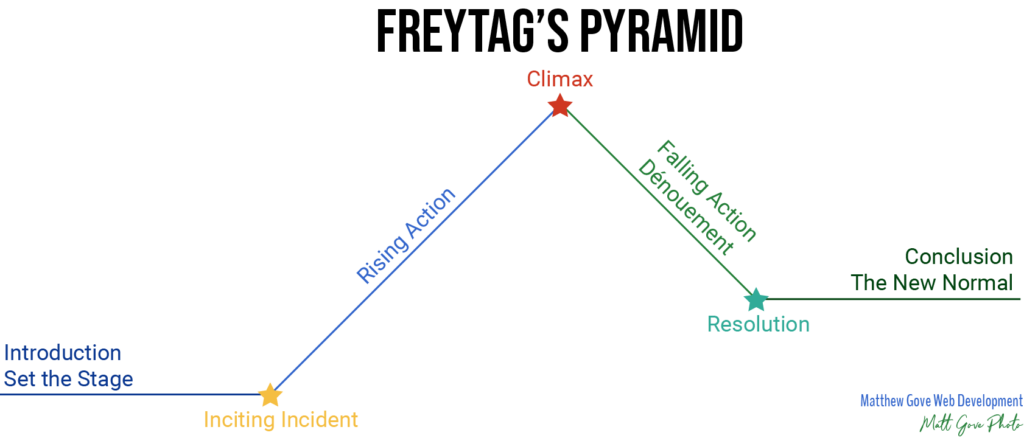
Below, we’ll go over each stage of Freytag’s Pyramid in detail. I’ll also share some real-world examples of Freytag’s Pyramid in action. Finally, we’ll use the example of climbing a mountain as the perfect metaphor to demonstrate Freytag’s Pyramid.
1. The Protagonist
One of the most important elements in your story, the protagonist is the main character, or good guy in your story. They’re the one who will be going on the journey that your story tells. While many stories have just a single protagonist, yours certainly doesn’t have to. You can have multiple protagonists, or a group of people that function as a single protagonist. For example, if you were telling the story of a trip you took with a tour group, the group would essentially function as a single protagonist.
In the context of travel stories, you (the traveler) are nearly always the protagonist. And since traveling is literally going on a journey, you should be able to pretty easily identify the parts of your journey and how they relate to the parts of stories we’ll cover below.
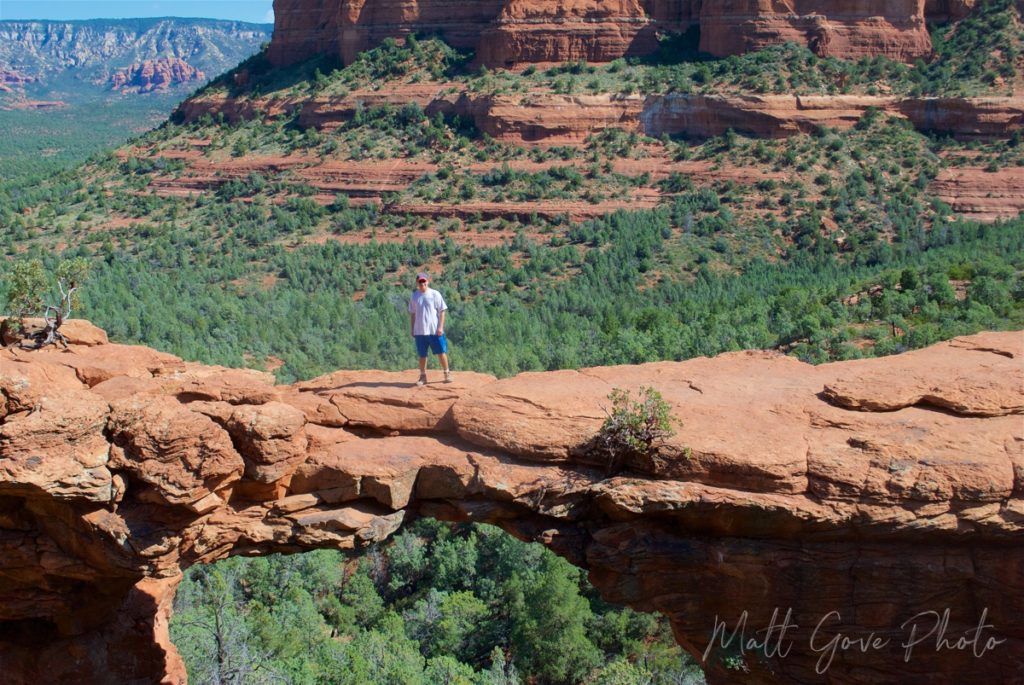
Interestingly, there is one notable exception, which you’ll find if you’re traveling for a cause, such as to do volunteer work. In that case, the protagonist is often the people or group that you’re helping with your volunteer work. However, you shouldn’t overlook the fact that volunteer work can have a profound impact on the volunteers as well. In that case, I encourage you to include yourself as a protagonist and share your side of the story. On the other hand, you can also re-tell the same story from your point of view. That can be a very powerful way to raise awareness to causes you’re passionate about back home.
2. The Antagonist
Sometimes referred to as the ”anti-protagonist”, the antagonist is the bad guy in your story. The antagonist actively opposes and provides resistance to your protagonist on their journey. One of the most famous protagonist/antagonist pairs is Luke Skywalker and Darth Vader in the Star Wars series.
In many stories, the antagonist is a person or a group of people. However, the antagonist can be anything that stands in the way of the protagonist accomplishing their goal. This is particularly true for telling stories about travel.
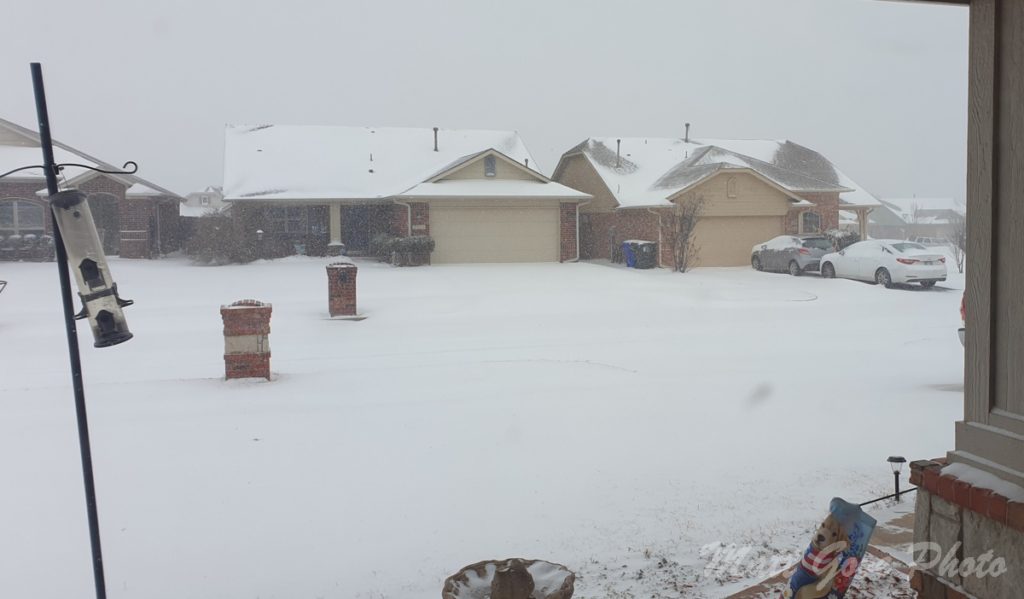
But Wait…Travel Stories Don’t Usually Have Clear Cut Good Guys and Bad Guys the Way Star Wars Does. How Do You Identify the Antagonist in Your Travel Stories?
Good question! For travel stories, antagonists don’t always take the traditional forms that they do in many Hollywood movies, or even in the world of news or sports. In fact, in some contexts, the antagonist can be one of the more difficult elements of your story to identify. Take solo travel as an example. You’re just out documenting your adventures, and having a blast doing it. How can there possibly be bad guys when you’re having so much fun?
It turns out that you’re right, in that there are physically no bad people getting in the way of you having fun. Instead, the antagonist takes on different forms. Often times, the travel itself – the act of going from Point A to Point B – is the antagonist. Here are just a few examples of possible sources of resistance, or antagonists, you may encounter while traveling.
- Traffic Jams
- Border Crossings
- Language Barriers
- Natural Barriers such as Mountains or Rivers
- Bad Weather
- Vehicle Breakdowns
- Missed Buses, Trains, or Flights
Interestingly, if you’re traveling for a cause and/or doing volunteer work, the antagonist is the hardship of the group you’re helping out. Some examples include poverty, hunger, war, disease, natural disasters, and much more.
3. A Conflict
We’ve all heard it a million times. Every story needs a conflict. You can’t have a story without one. Yes, it needs to be said. And no, I won’t beat that dead horse any more than I already have.
The conflict is where the protagonist and antagonist cross paths in your story. Remember, each side has opposite goals, so there is a natural conflict there. Your story can have a single conflict, or it can be comprised of a series of conflicts. That’s completely up to you.
How to Identify Conflicts in Your Travel Stories
Like antagonists, conflicts in travel stories don’t always come to life in traditional ways. Indeed, it’s no surprise that so many travel bloggers, photographers, and video storytellers struggle to find conflict in their story. It turns out that you may need to dig down to find the conflict, but it’s there.
If you’re having trouble identifying the conflict in your travel story, go back and re-read the previous section about the antagonist. Look at the bulleted list of examples of antagonists in travel stories and see if you can identify them in your story. Once you know who or what your antagonists are, finding your conflict is easy. Any time you run into or have direct interaction with those antagonists is where your conflict occurs.


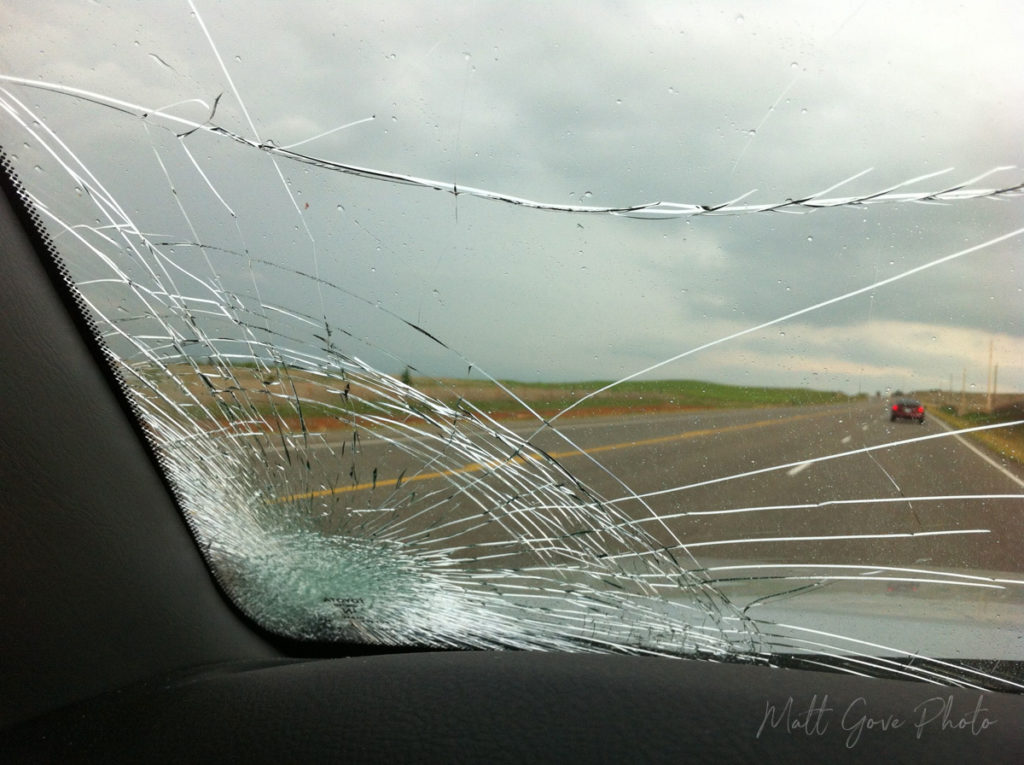
Don’t Forget to Provide a Hook for Your Audience
Have you ever binge-watched a show on Netflix? I know I have. And do you know what makes a show bingeworthy? The hook. It’s one of the most critically important elements of your story. Bingeworthy shows are incredibly good at ”hooking” the audience in, leaving them not just wanting to see what happens in the next episode, but craving it. And introducing conflict is one of the best ways to ”hook” your audience.
The best audience hooks usually take the form of teasers, plot twists, secrets, and cliffhangers. Go back and watch one of the shows you’ve binge-watched in the past. Pay particular attention to how they end each episode. They often introduce a new conflict without providing any idea of how it will be resolved. And do you know when they’ll resolve it? In the next episode. That’s how they keep bringing their audience back. And you should try to do the same thing when you tell your stories. At the very least, it will make the story more engaging, dramatic, and gripping.
Finally, you should introduce the first three elements we discussed here (the first or primary protagonist, antagonist, and conflict) before your main character even sets off on their journey. Giving your audience the proper background to the context of your story will better engage them, and keep them coming back for more.
4. Rising Action
As soon as your protagonist sets off on their journey, the rising action begins. Throughout the rising action, each step of the protagonist’s journey should put them into more and more direct contact with the antagonist, as well as the conflict. As a result, there is an increasing escalation each step of the journey. By the end of the rising action, there should be a dramatic build-up to the climax. But don’t reveal too much. You don’t want to give anything away before the climax. Use powerful words, vivid imagery, and/or dramatic music in your final build-up to the climax.
Climbing a mountain is the perfect metaphor for the rising action. Your journey up the mountain starts out pretty easily. The weather’s nice, the terrain isn’t steep, and you feel good and fresh. As you make your way up the mountain, though, conditions begin to change. Not only does the terrain get steeper, but the weather starts to turn. Winds pick up and temperatures start to drop. Furthermore, there is less air to breathe at higher elevations, tiring you out that much quicker.
The most difficult part of the ascent is the final push to the summit. The terrain is treacherous, making for slow progress. Icy winds and heavy snow only compound the problem. Finally, the rarified air leaves you gasping for breath every step. But you keep pushing forward because you know there is an incredible reward at the summit. That’s exactly how the final build-up to the climax of your story should work.
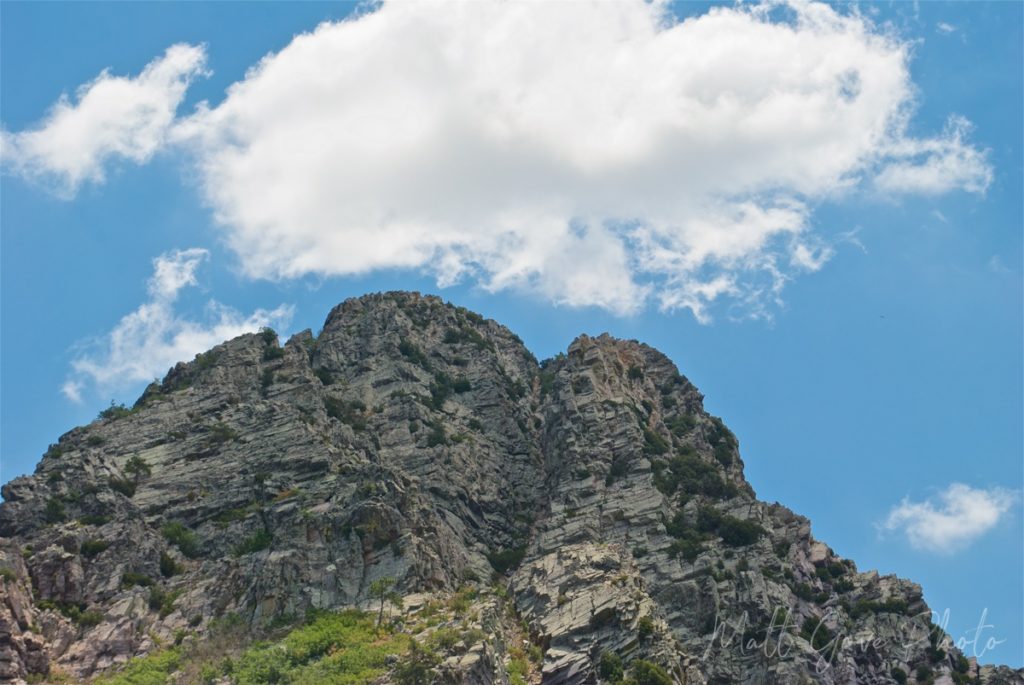
Short Example of a Rising Action in Action
In the short video below, you’ll find an announcement video I made for the next chapter of my life and business. In the first 30 seconds of the clip, I go over my history and accomplishments as a still photographer. At the end of that rising action, you’ll see a build-up to the big reveal that I’m adding video to my arsenal of visual storytelling. Take special note of the music, imagery, and words being used. Notice how the tension and drama builds up a lot quicker right before the reveal than it does at the beginning.
5. Climax
This is the moment everyone’s been waiting for, and the most exciting of your story elements. Tension is high coming out of your rising action as the audience sits on the edge of their seats, eagerly waiting to see what happens. Then you make the big reveal.
The climax is the most pivotal and exciting part of the story. It’s the moment you reveal the resolution to your protagonist’s conflict. As the action of the story transitions towards the conclusion, you transition from the rising action to the falling action. You don’t want the climax right at the beginning of your story, but it can go anywhere in the middle or towards the end.
You should maximize tension, drama and emotion at the end of the rising action right before you reveal the resolution to the conflict. As a result, use your most vivid imagery and most powerful language to show your story’s climax. But your story isn’t quite over, yet. You’ll likely still have some loose ends to tie up, which you’ll take care of in the next section.
Going back to the metaphor of climbing a mountain, the climax occurs when you reach the summit. You can finally exhale, take a break, and soak in the spectacular views. It’s a well-earned reward after a grueling hike up the mountain. However, you shouldn’t relax too much. Your journey is only half-way done because you still have to get back down the mountain.
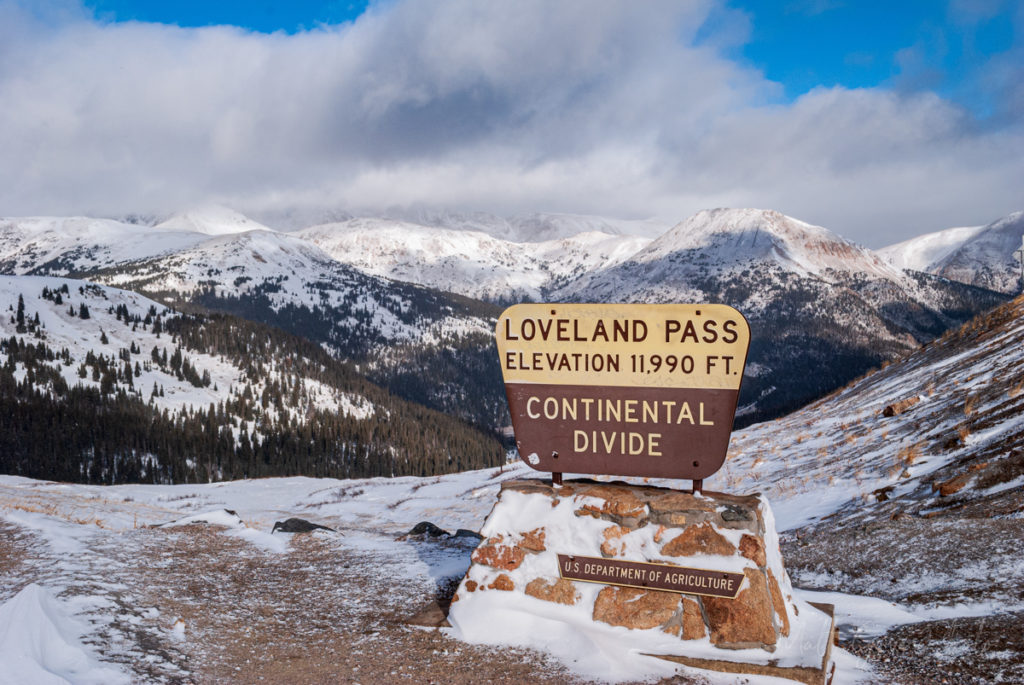
6. Dénouement or Falling Action
Now that you’ve unveiled the resolution of your story, it’s time to tie up those loose ends left over from the climax. Ironically, the word dénouement literally translates from French as ”the untying of the knot.” However, the context of dénouement refers to the conflict as a knot that you’re untying. Don’t confuse it with the fact that you’re also tying up loose ends in your story.
In addition to tying up loose ends, the dénouement should also begin to establish the main characters’ new normal. Reveal any last secrets or fates that were left over from the climax. The dénouement should not just end the story. It should validate it.
Unlike the rising action, tension, drama, and emotion should drop throughout the course of the dénouement, opposite to how it rose throughout the rising action. Using the mountain climbing metaphor, the dénouement is the descent back down the mountain after you summit. Just like the final push to the summit is the hardest part of the ascent, the first part of the descent is the hardest part of the way down. The descent gets easier as the further down you get. The terrain gets less difficult, the weather gets warmer, and there’s more air to breathe as you drop in elevation.
Finally, if you’re planning anything further, such as another chapter, episode, or sequel, plant the hook to that next segment at the end of the dénouement. Leave your audience quenching to come back and see what happens next.
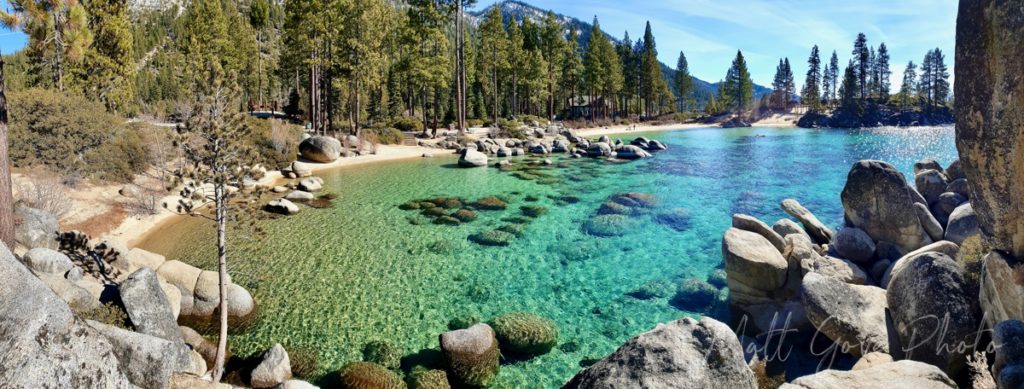
7. The Characters’ Lives After This Journey
While many storytellers end their stories after the dénouement, I prefer to have one extra element, especially if there will not be any further chapters, episodes, or sequels. In this section, we dive in and fully immerse ourselves in the protagonist’s new day-to-day life. Bring the story full-circle and show your protagonist’s new normal and how the journey changed them.
- Did they learn a lesson from the experience?
- Do they have a new outlook on life? Why or why not?
- How else have they changed? What else are they doing differently?
- What, if anything, of relevance lies ahead for them?
Conclusion
Following Freytag’s Pyramid is one of the easiest and most effective ways to tell a story that engages, hooks, and even grips your audience. Without those elements, you really don’t have a story to tell. Storytelling is an art form, and it’s not uncommon to struggle with it, especially when you’re first starting out. But just remember, while telling is literally in the word storytelling, you want to show your audience, not tell them. And once you master the art of storytelling, it’s amazing the doors it will open for you.
Top Image: A Snow-Packed Road en Route to Grand Canyon
Flagstaff, Arizona – January, 2017